Formula 1, the pinnacle of automotive technology and innovation, has changed by leaps and bounds in 2022. Not just the F1 cars, FIA (Fédération Internationale de l’Automobile) has also thoroughly reworked the rules and regulations for more competitive racing, starting this year. So, with that clear, let’s have a look at all the new things that have gone into Formula 1, in a two-part series. First, we’ll look at the changes in the car regulations laid out by FIA. Here are the 10 upgrades done in the new 2022 Formula 1 cars.
-
The Design: To promote competitive racing
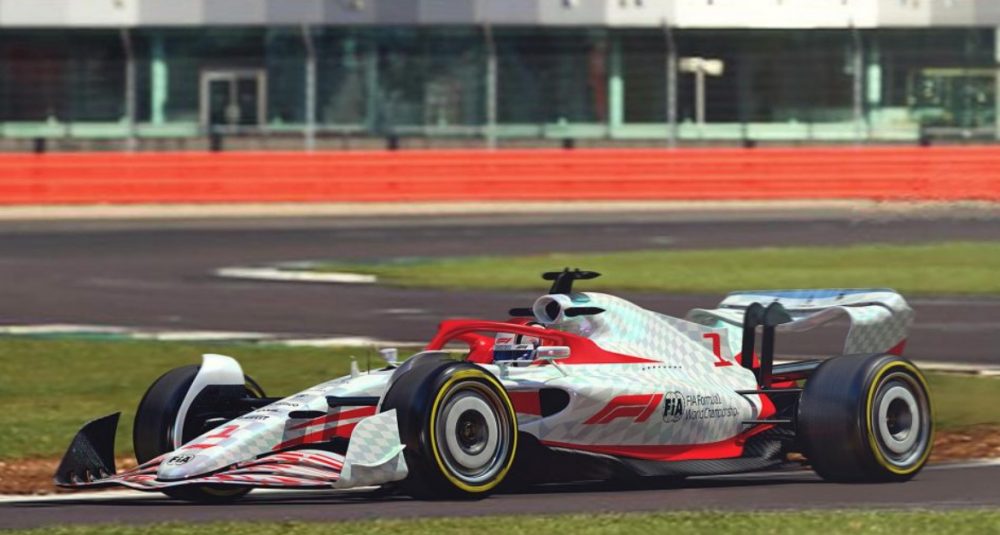
2022 Formula 1 Car By far, the first change you’ll notice in the new 2022 F1 cars is the design. Well, this design was to arrive in the 2021 season, but kudos to the COVID-19 global pandemic; it got delayed by a year. If it is ain’t broke, why new design?
GoMechanic News: 2022 Maruti Suzuki WagonR Launched! But What’s New?
This has a pretty simple answer; the new design is to promote more closer and competitive racing. It was a lot harder for the cars from the last few years to follow closely. With this new design, the car following will lose only 4% of downforce versus 35% when following 20 meters behind the car.
-
Over-Wheel Winglets and Wheel Covers
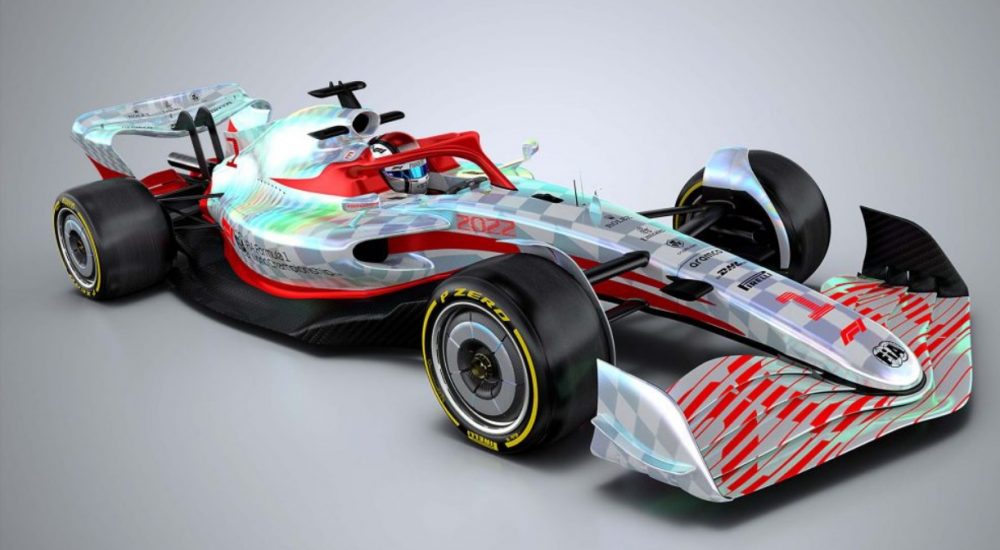
Low profile tyres and winglets Talking you through the new design, F1 cars will feature little winglets over the wheels starting this year. Additionally, the cars are also getting the wheel covers back. Wheel covers? Yes, wheel covers were a part of the F1 cars package back in 2009.
Here are the 7 Small But Significant Car Features We Take Granted For
The wheel covers are there to direct the airflow smoothly over the wheels simply. But the former is to control the wake* from the front wheels and direct it away from the front wings.
*WAKE: It refers to the turbulent air caused by the F1 car’s different components and surfaces, making following the car difficult.
Download The GoMechanic App Now!
-
Simpler Front Wing
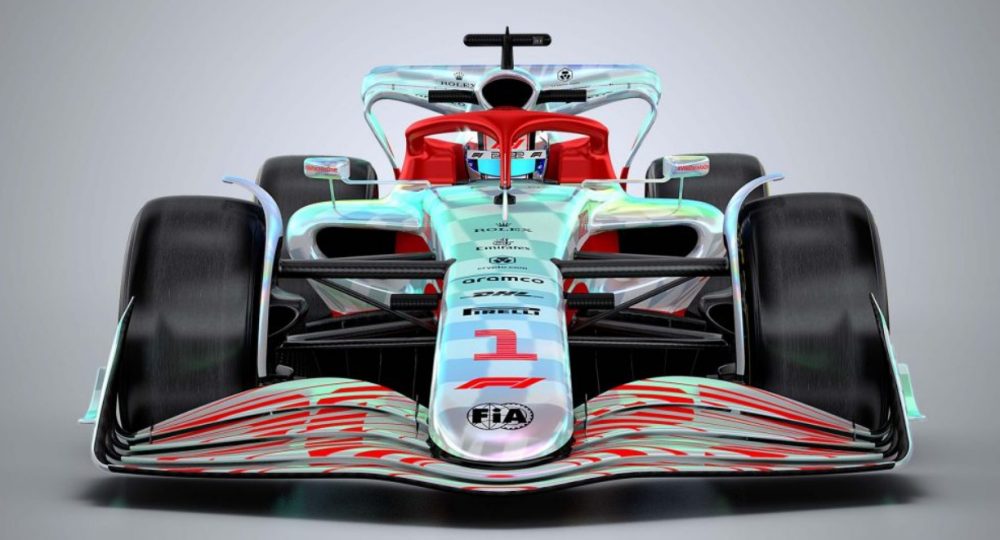
Formula 1 Front Wing (2022) The front wing is one of the crucial components to generate downforce. This enables an F1 car to take corners at speeds upwards of 250kmph (depending upon the corner, of course).
These are the 8 Commandments Of An AMT Gearbox
That said, in the earlier iterations, it was among the complexly designed components. But with 2021 kicking in, these front wings are more straightforward this time around. This simple front wing also meant the reduced wake to aid to more competitive racing.
-
Ground Effect is Back

F1 from the late 1970s with side skirts for ground effect Back in the late 1970s, F1 cars were designed in the shape of upside-down aeroplane wings. This was to create a low-pressure area under the vehicle. Now, where the 2022 generation of F1 cars do not support the side skirts like before, the car’s belly (barrage board) is a crucial component in generating downforce. The downforce created by the underbelly of the vehicle also generates less wake.
-
Rear Wing is More has a More Flowing Design
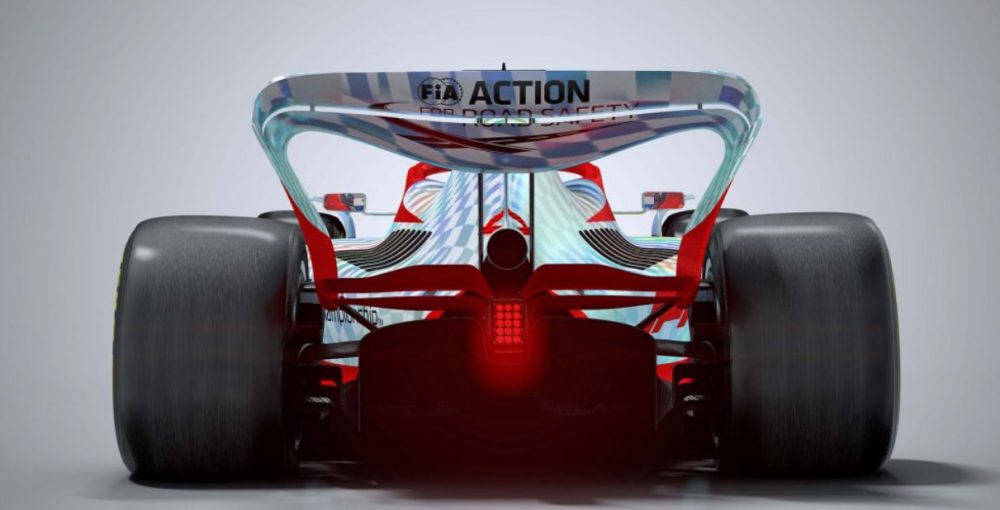
Formula 1 Rear wind (2022) The following visible change on the new 2022 F1 cars is a more flowing design of the wing, which is, of course, functional. The function of a rear wing is not only to send the air upward but also to direct the air outwards.
Now, this mushroom-shaped rear wing again reduces the wake by creating a rotational airflow from the turbulent air from the rear wheels. Yes, you get it; this is to promote closer and more competitive racing.
-
Bigger Rims with Low Profile Tyres
We all love low profile tyres, don’t we? Well, these do look amazing, but they do hamper the ride quality if you were not aware. That said, for ages, F1 cars have been running 13-inch rims. With the rim filling the major part under the wheel arch and thin tyre walls.
But this time around, they have shifted to a lot bigger 18-inch wheel rims. The sole purpose of switching to 18-inchers is to reduce tyre overheating when they slide. Also, this reduces the aerodynamic effects from deflecting sidewalls of the tyres.
-
Same 2021 Powertrain
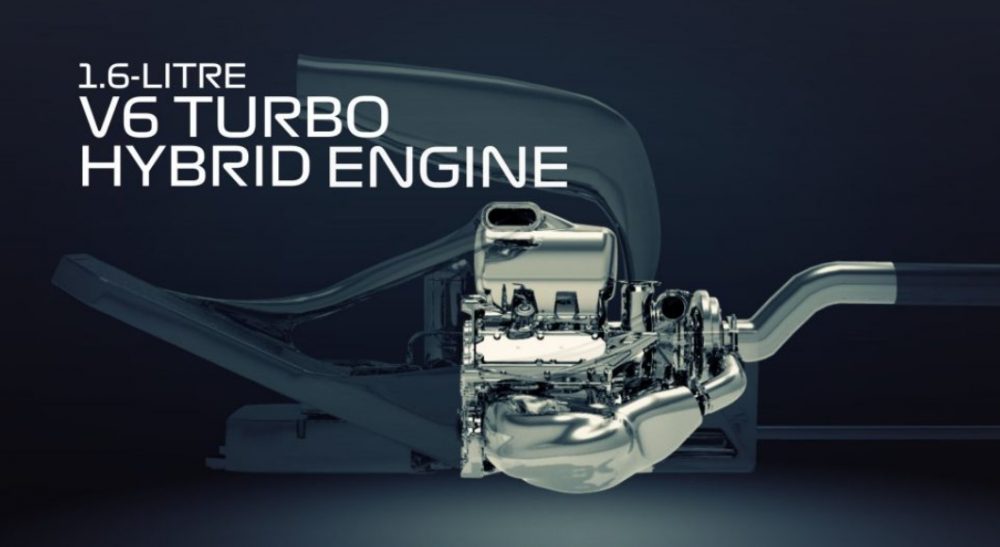
F1 V6 hybrid engine If you are not aware, the F1 cars generate upwards of 1000bhp. Well, that is not even the exciting bit. The size of the powertrain is even more interesting to know. This 1000+ bhp powertrain consists of a hybrid powertrain, meaning an engine and an electric motor.
Let’s talk about the 10 Features On The Skoda Slavia That Can Make It The Segment Leader
The engine is a rather small 1.6-litre V6. Both combined generate approximately 1050bhp of max power. This was the case with the cars in 2021, and the powertrain will remain constant in 2022 as well.
-
Even Safer Cars
Safety is paramount when constructing F1 cars. At these speeds, F1 cars pull a considerable amount of G-forces. That means, it is a physically demanding sport for the driver. Not just that, at high speeds, a crash could be deadly.
So, to make racing even more, safer, the new 2022 cars now can absorb 48% more energy in the front and rear impact tests. With severe accidents recently, the FIA has taken some serious steps to make the cars safe for the drivers.
-
F1 Cars Will Guzzle a More Sustainable Fuel
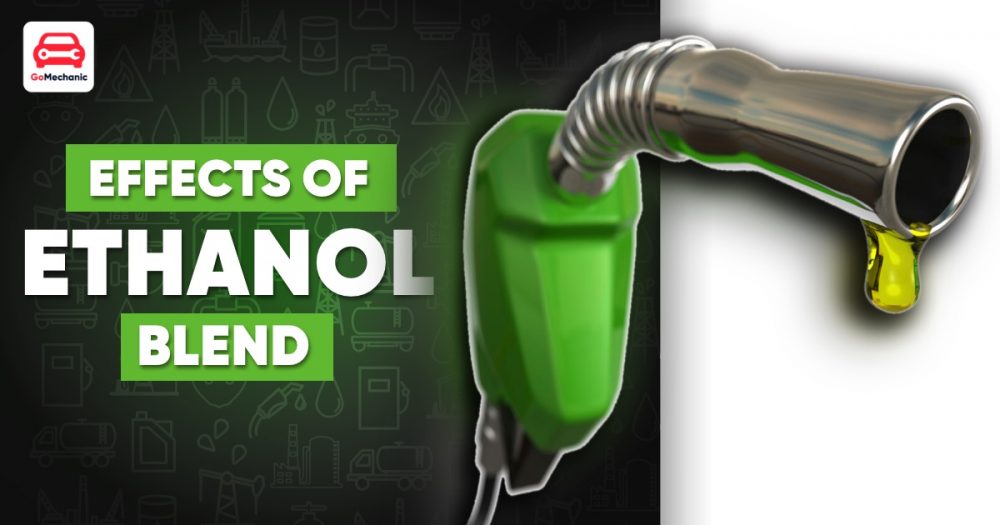
The Effects Of 10% Ethanol Blend In Petrol If you had no idea, F1 2021 cars ran on sustainable fuel containing 5.75% of bio-component. Now, in the next-gen cars in 2022, the engines are running on 10% of the bio-component. Meaning the 2022 F1 cars run on E10 fuel.
Where E signifies ethanol and 10 denotes the percentage of ethanol in the fuel. Moreover, FIA plans to run F1 cars on E100 by 2025.
-
Cars have undergone over 7,500 simulations.
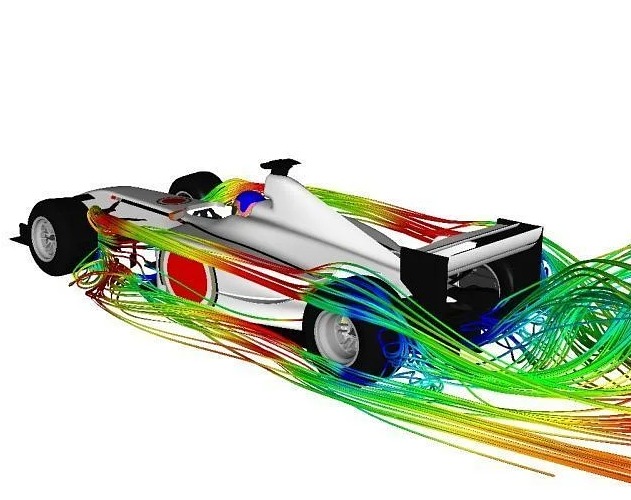
F1 CFD simulations / Image for representation only As said earlier, F1 is the most advanced sport on the planet. Before manufacturing a vehicle, engineers at the respective factories run over 7,500 simulations to set the car right. Aerodynamics, powertrain, drivetrain, MGU-K, MGU-H, and more. Well, the data gathered is equal to more than that of a third of 10 billion photographs on Facebook.
Here are the Worst Looking Taillights In The Indian Car Market!
In the end, I’d like to wind up this article by saying,
RACING IS A SPORT AND NOT ENTERTAINMENT
These were the changes made to the new 2022 Formula 1 car. In the comment section, let us know which team you wish to win this time around.






